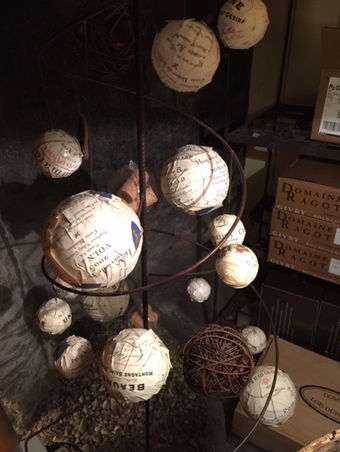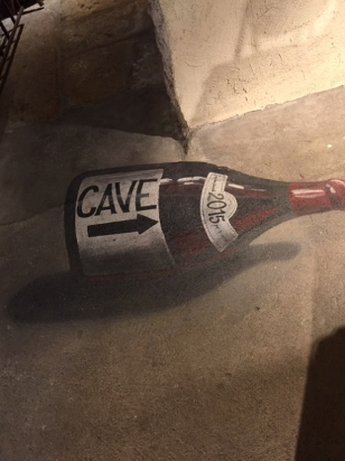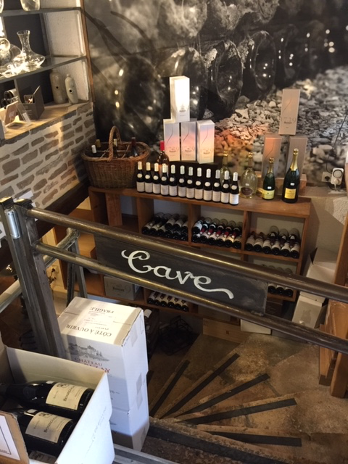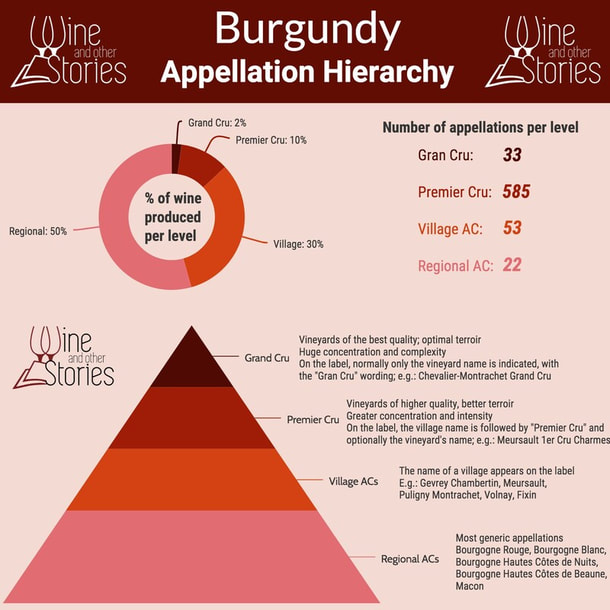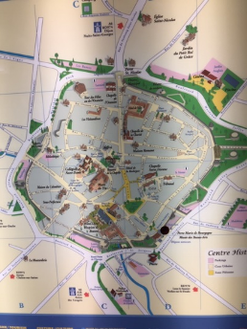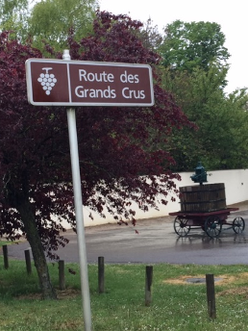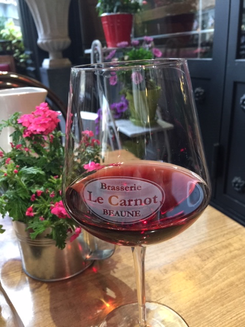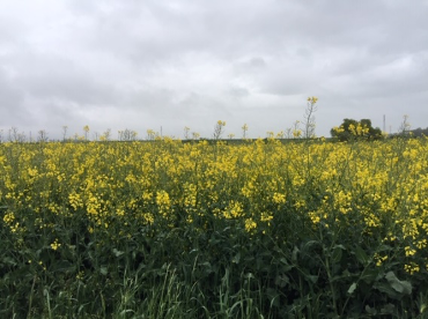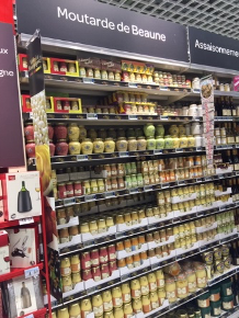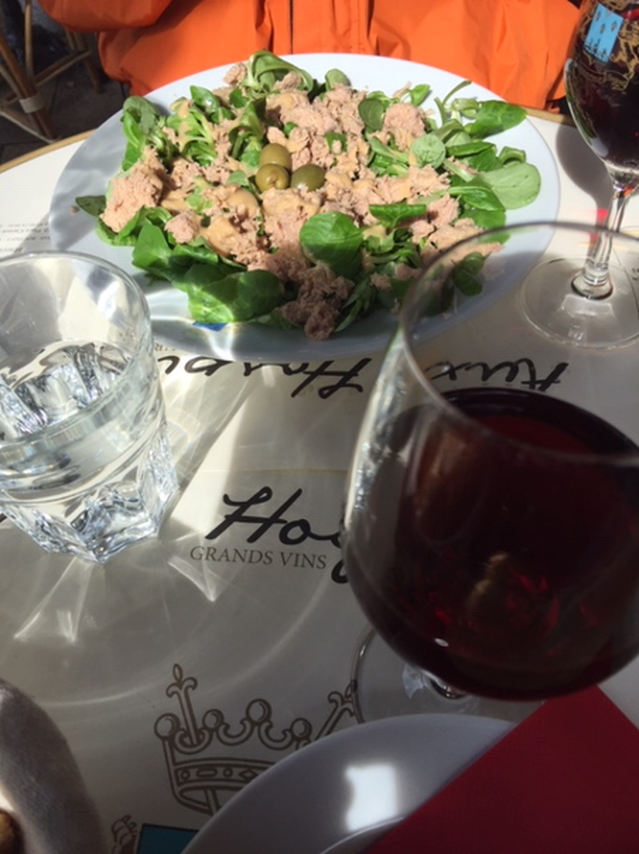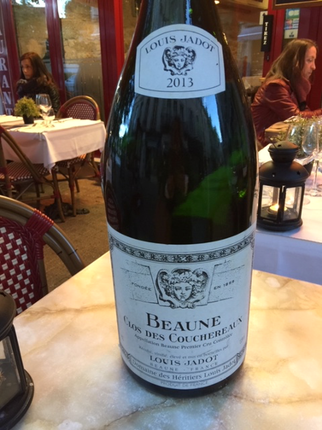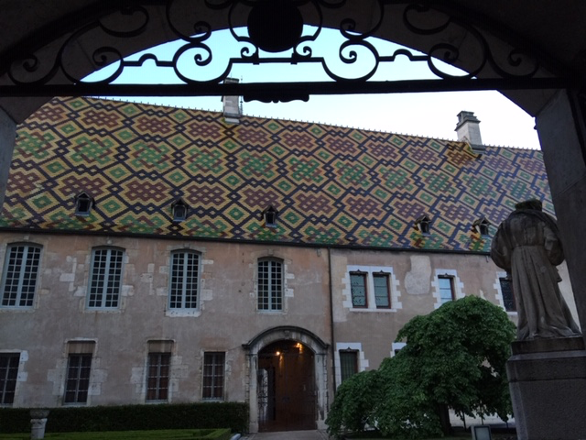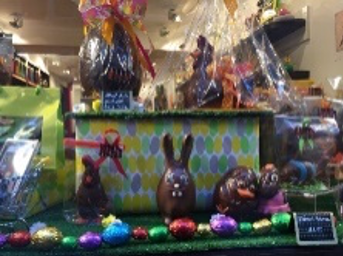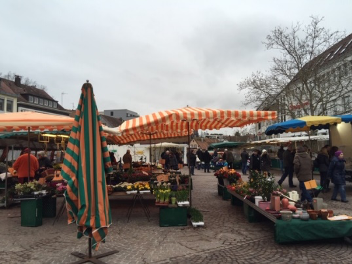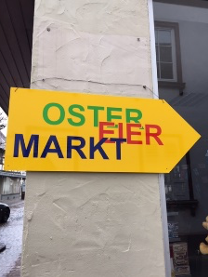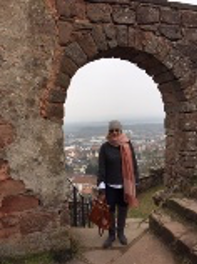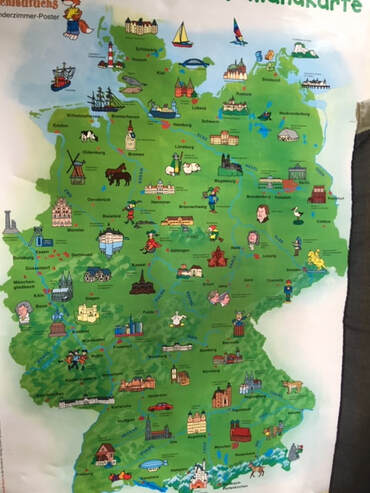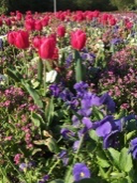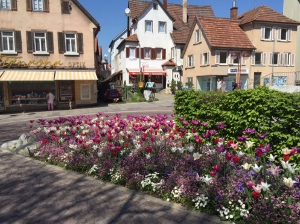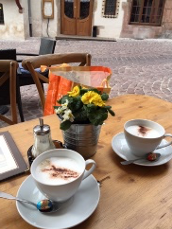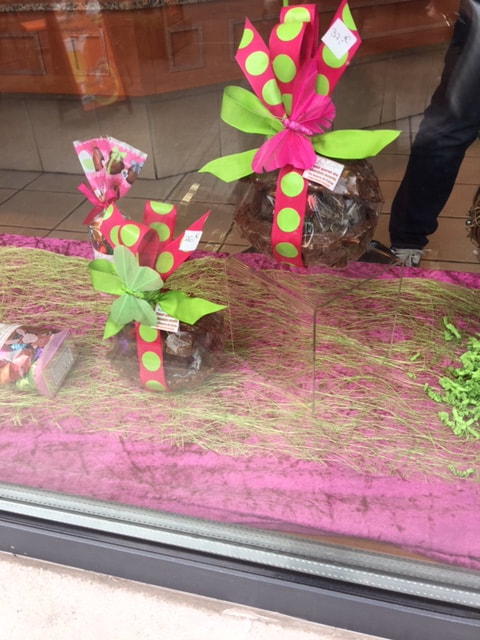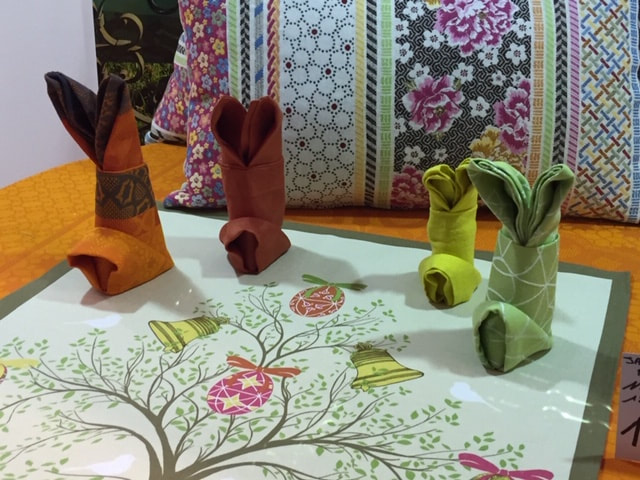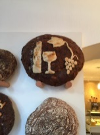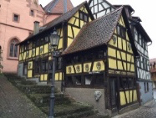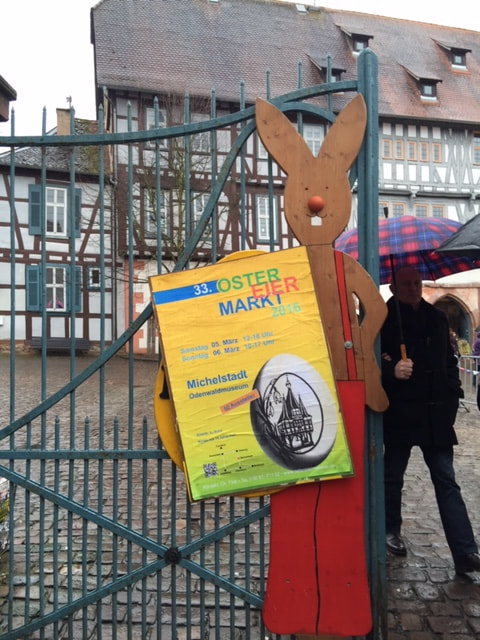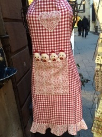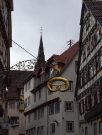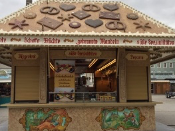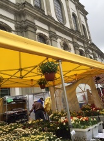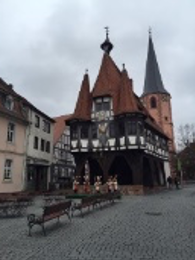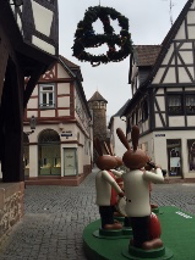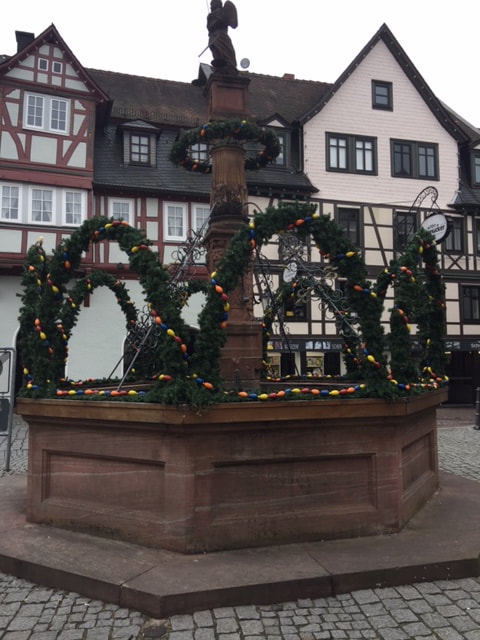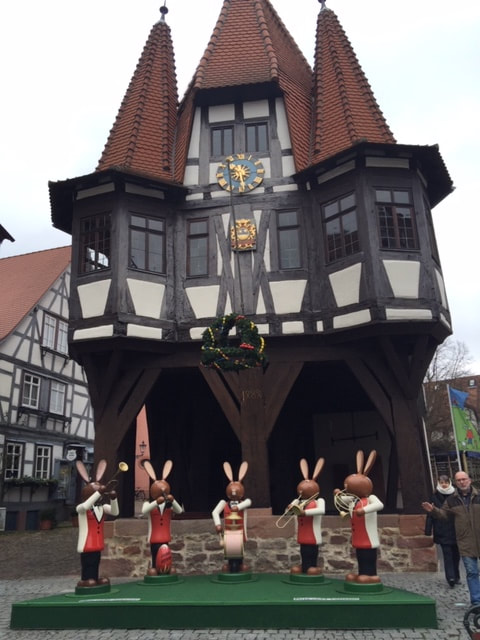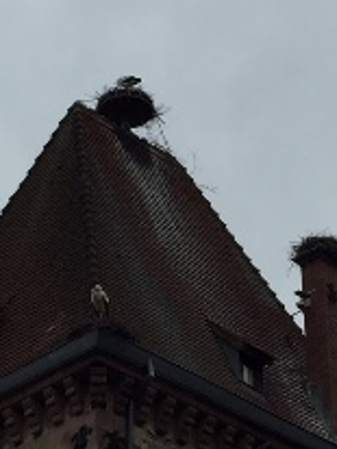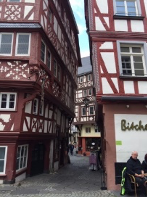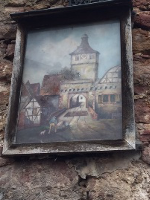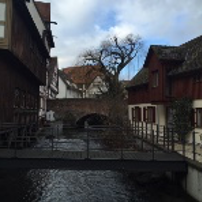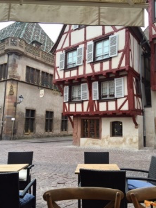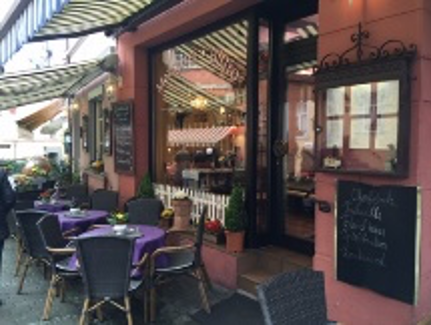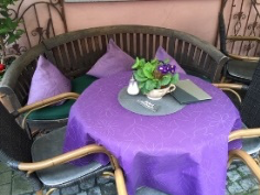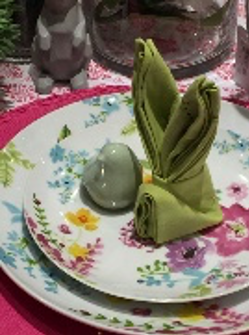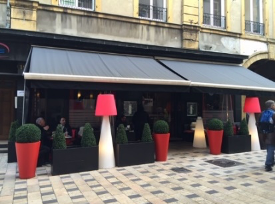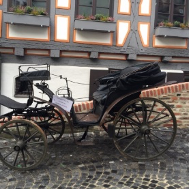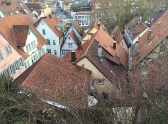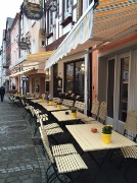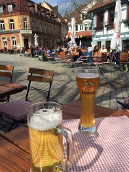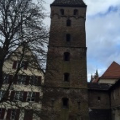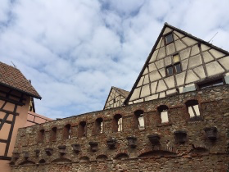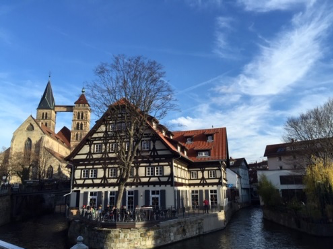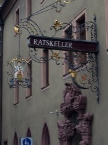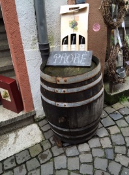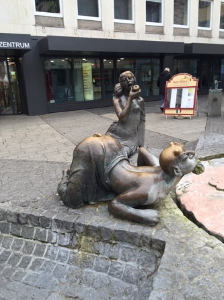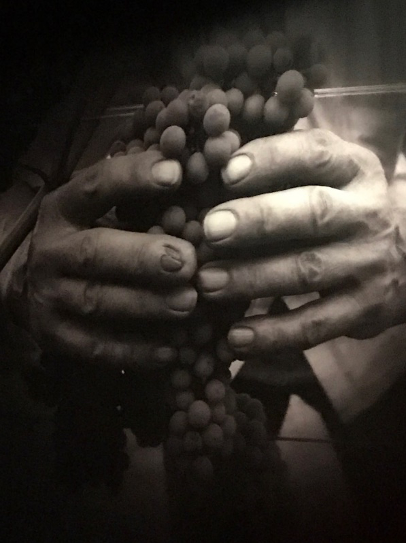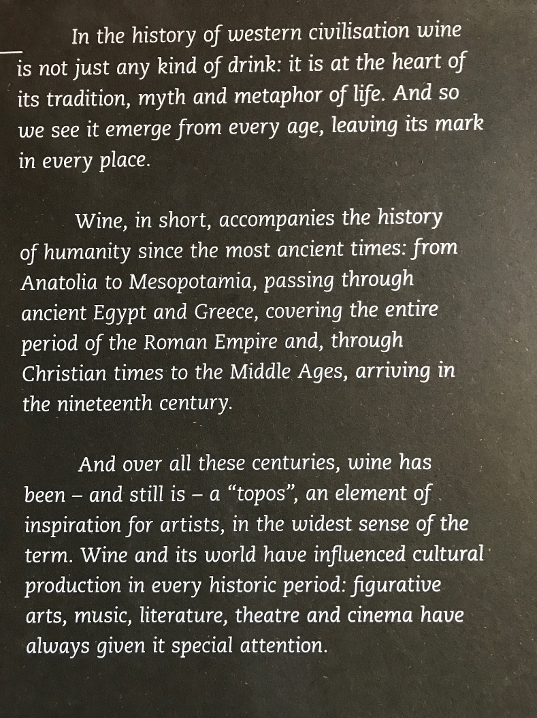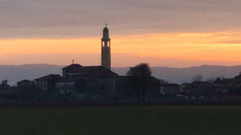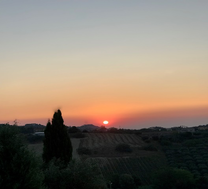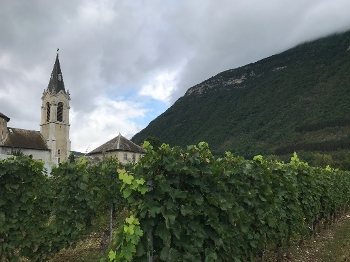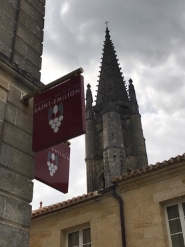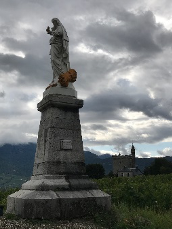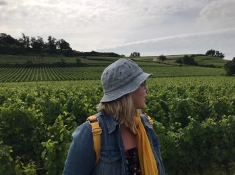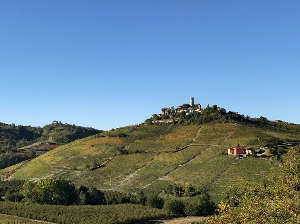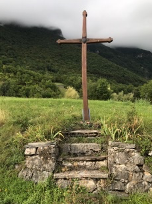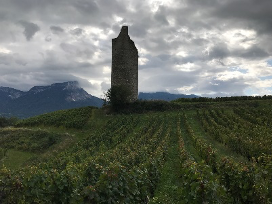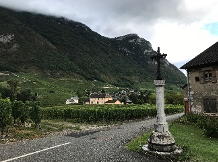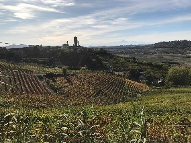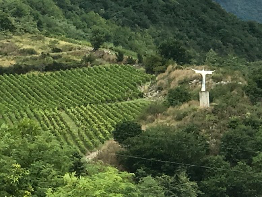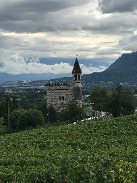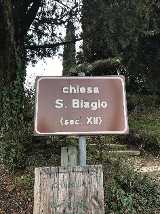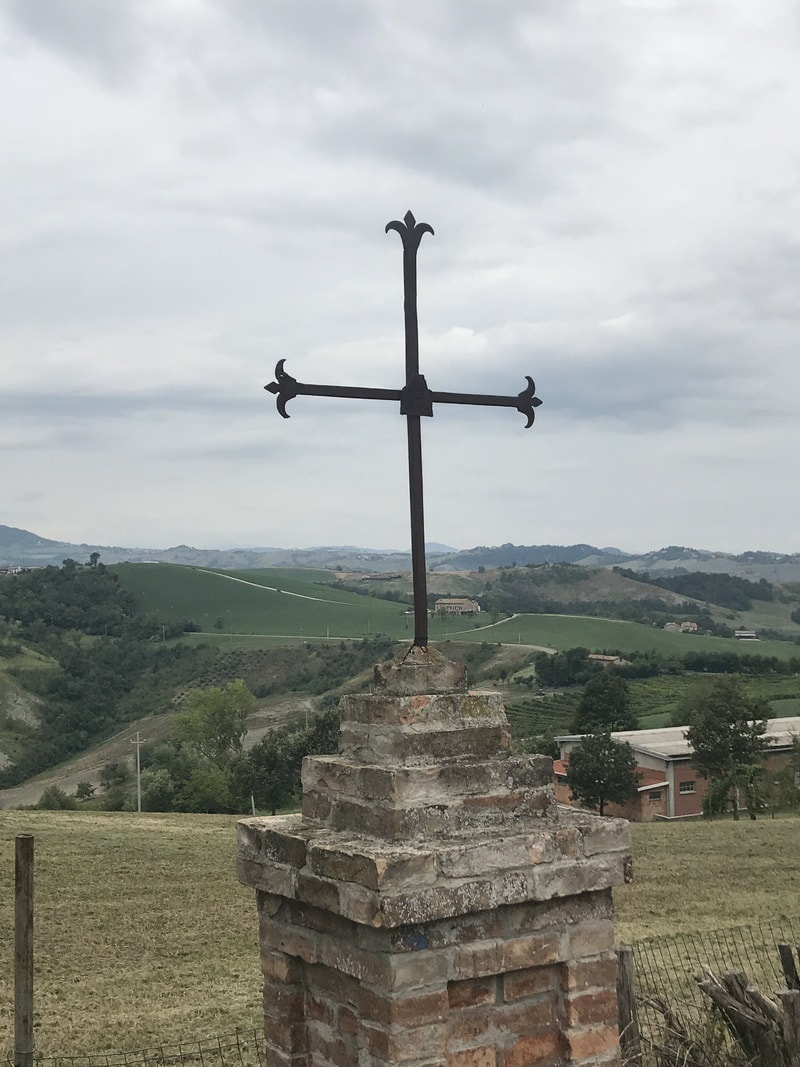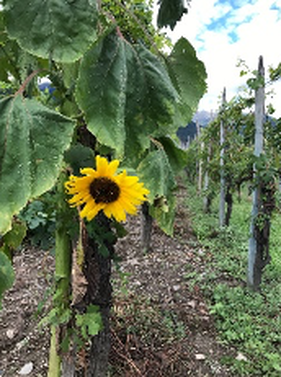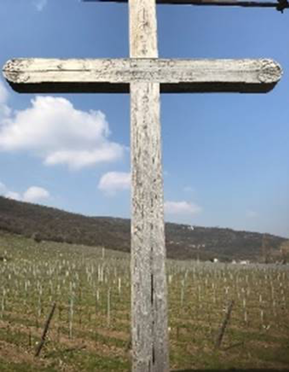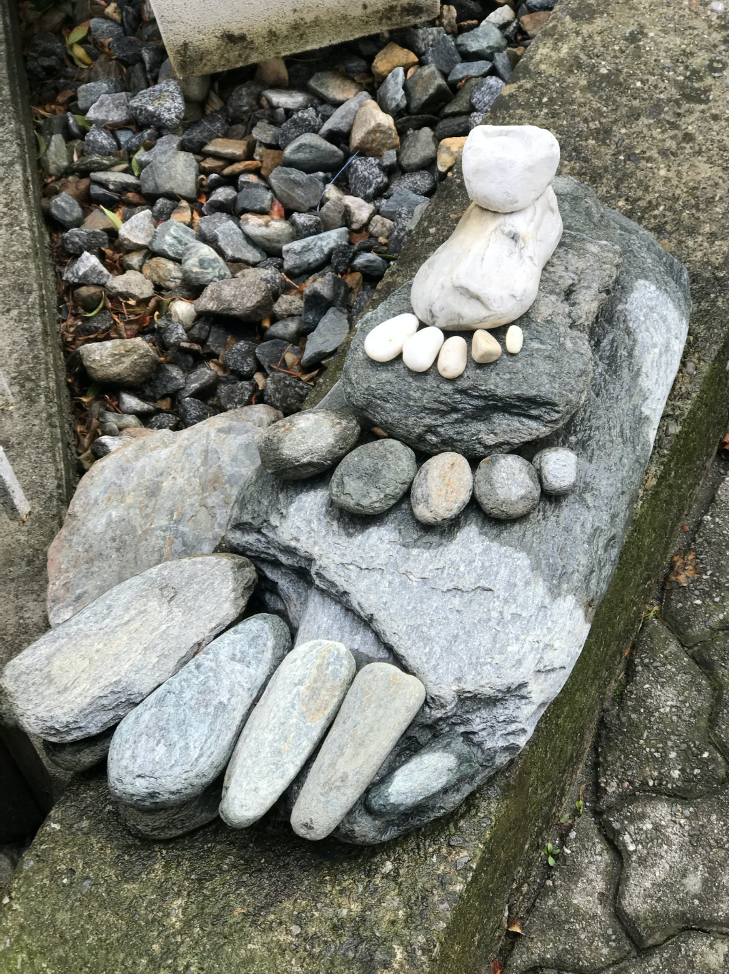|
At times, I find wine geeks interesting; for example, take the scientific academia of Pinot Noir. Oenologists & Viticulturists, a bit over my head, yet, fascinating and intriguing. 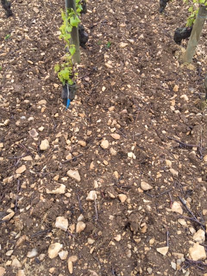 The impressive experts and specialists can be confidently opinionated and incredibly descriptive with their tasting palates. I find them amazing when they are in their groove and some of their niche jargon used to describe particular Pinot Noir wines are: "The pronounced floral of", "The elegance reminds me of", "The remarkable nuance of", "The purest expression of purity", "jaw-dropping French", "The finesse component is", "The bursting with authenticity", "The classically sculpted, vibrancy, lacey, pulverized minerality" and so on...their skill sets shine. 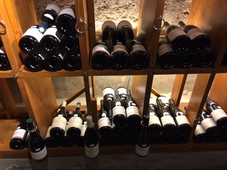 The Pinot Noir professionals have an appreciation and passion for trying the newest wine regions to learn and decipher the grape's site specificity. For example, these super taste buds can blind taste a Pinot Noir and proclaim, “A remarkable nuance of cola tone and unmistakably this wine is from Northern California”. WOW! According to many wine enjoyers, Pinot Noir is the quintessence food friendly wine; it is seductive, silky, and elegant. On the flip side, the grape is also finicky and challenging to grow and can be a vintner’s dream or nightmare. There are Pinot Noir explorers and traditionalists. Explorers love trying their grape from around the world. The traditionalists pretty much stick with their basic region, Bourgogne and Burgundian vignerons. I am neither category and just lucky I had the chance to visit the queen of Pinot Noir wines. It was a fantastic wine trip to Burgundy, France, during one past beautiful Spring season. Dijon mustard fields. I must say, Burgundians have a nice selection of mustards in their local stores. Dijon, France is the historic capital of Bourgogne. What, salty foods paired with a red burgundy? As they say, when in…. When wine enjoyers ask me, ‘What is your favorite wine’? I always reply, ‘A free one’ 😊
0 Comments
 Who would have thought this time last year would be a 180 degree perspective on world affairs. Part of my self-isolation therapy is remembering, writing and appreciating my past few Easter holidays when I lived abroad. Bunnies, Markets, Castles, Oh My! The vendor stalls are brilliantly decorated with bright pastel colors and local artists showcase their unique beautifully intricate works of art, proudly displaying their talents. I have never before seen festive eggs in so many forms of mediums such as paint, wood, plastic, food, flowers and many other creative objects. According to local legend the story of why Easter eggs came to the German land dates from the medieval era. “Centuries and centuries ago, there was another rivalry war during the spring season, so a German Duchess and her family had to flee from their castle home and found refuge in a small isolated mountain village. The poor villagers were very kind to the Dutchess’s family and gave them food and shelter. The Dutchess and her family returned home to their castle during the quasi piece time between the neighborhood kingdoms. To repay her gratitude to the village people for their kindness, the Dutchess gave them chickens to lay eggs. The villagers never seen or heard about this fantastic gift that keeps on giving and were most thankful for this new food. To display kindness and gentleness, the Dutchess taught the villager women different ways to cook, prepare and eat the eggs. For the children, the Dutchess prepared beautifully colorful eggs to brighten up their day with rhymes written on them and a delicious feast of supper with the villagers. Then to walk off a full tummy, the Dutchess and children went into woods to gather moss, twigs, and leaves to build a nest for their decorated Easter eggs. An egg is the first gift of the reviving Spring. When the children saw the rabbit in the forest, they assumed the rabbits brought the eggs, hence, the egg and bunny connection.” (cited) This tradition spread all over the lands and came to be a feast of eggs on Easter Sunday. Today’s trendy eating establishments were yesterday’s medieval tax burdens During medieval times, taxes were heavily levied in Germany. The locals were taxed on sunlight, so they built houses with small windows. They were taxed on square footage of land, so the they built houses with smaller in square feet on the first floor and increased its square footage in building height. Today, these same historic buildings are now restaurants, hotels, office spaces, museums, and bistros to enjoy fresh air outside seating. The Easter holiday colors are beautiful, refreshing and visually appealing against the backdrop cold grey skies. After the Easter holiday, Spring is on its way and gradually the neighborhood bier gardens and restaurants start opening for the warmer seasons. Probe, wine tasting, is offered inside stores. Winestube, wine shop, offers German wines that you may never see on the shelves back home. Ratskeller, a tavern bar, usually offers authenic local cultural vibes. Essingen is known for Germany’s oldest Sekt House. Zentrum, town center, has fun art such as scupltures passerbys rub and Banksy inspired streetart This year, throughout the world, the Easter holiday will be remembered through social distancing while celebrating over a glass of wine. On the 7th day God rested and on the 8th day God created wine. |
Details
Grape EdVentures™The Delong 100 Grape Varietal Challenge encourages all wine enjoyers to expand their wine drinking horizon by seeking out unusual grape varieties. These past few years, I have tasted over 180 grape varieties. After all, there are over thousands of grape varieties world wide. With so many wine grapes, styles of wine, and wineries to explore, wine is an educational adventure. So grab your virtual passport and come along with me on a Grape EdVenture™ around the world. Archives
December 2023
|
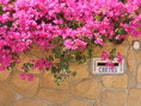
Michelle Prince
[email protected]
All works are subject to copyright protection, registered to A Grape Place 2 B LLC. © 2010-2024. All rights reserved.
